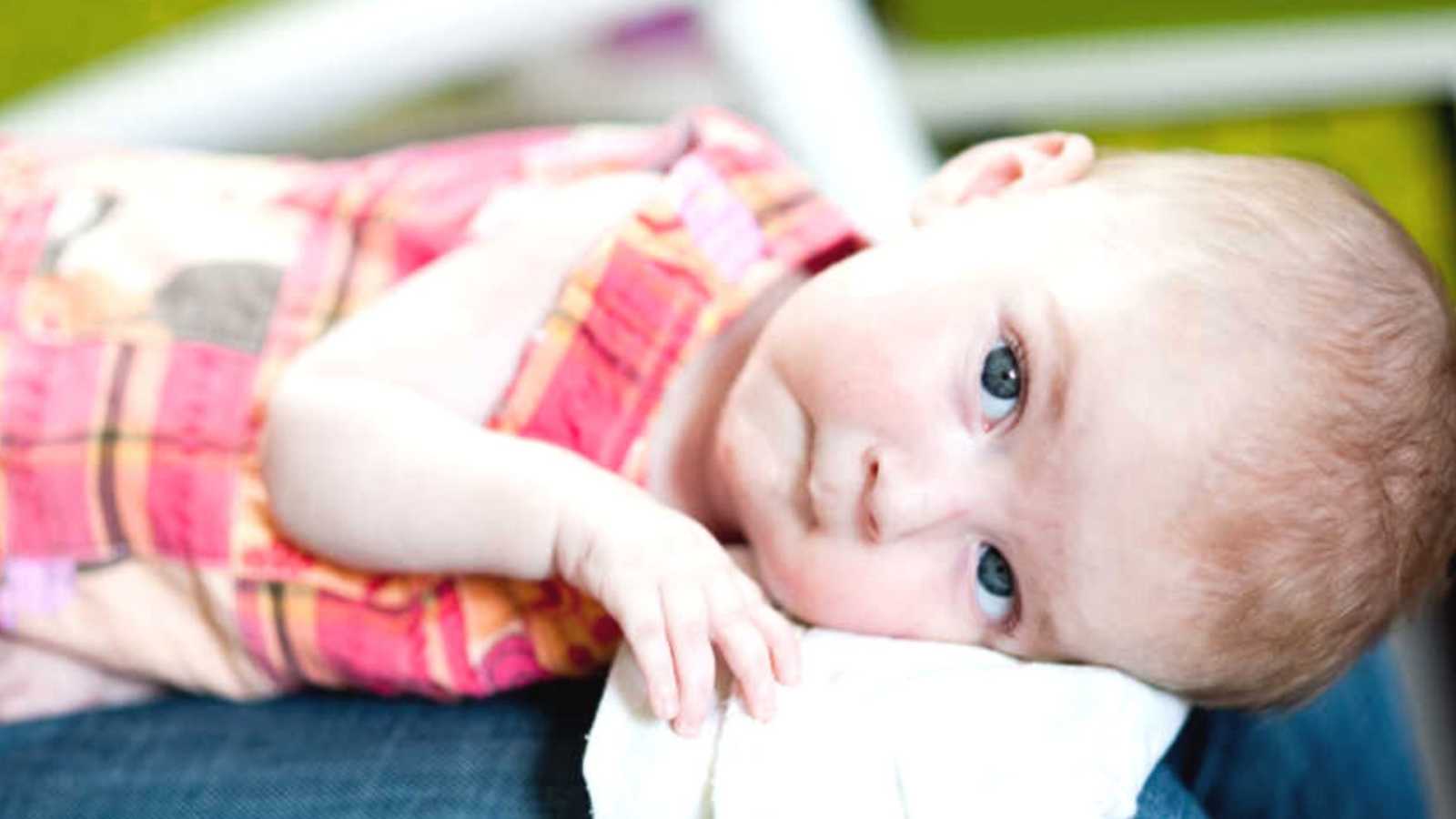“I heard the doctor yell ‘I can see the head!’ as my doula remained calm by my side and encouraged me to wait for the contractions. It was a matter of moments before the urge to push came through at full force and the ring of fire burned deep. I questioned my decision to deliver naturally in that moment, but I was so excited to meet this little alien baby that had been living inside of me.
My husband and I were surprised by the pregnancy just after our one-year anniversary. The idea grew on us, 9 months and 4 days to be exact, and we became excited for the adventure of parenthood. Little did we know what was ahead.
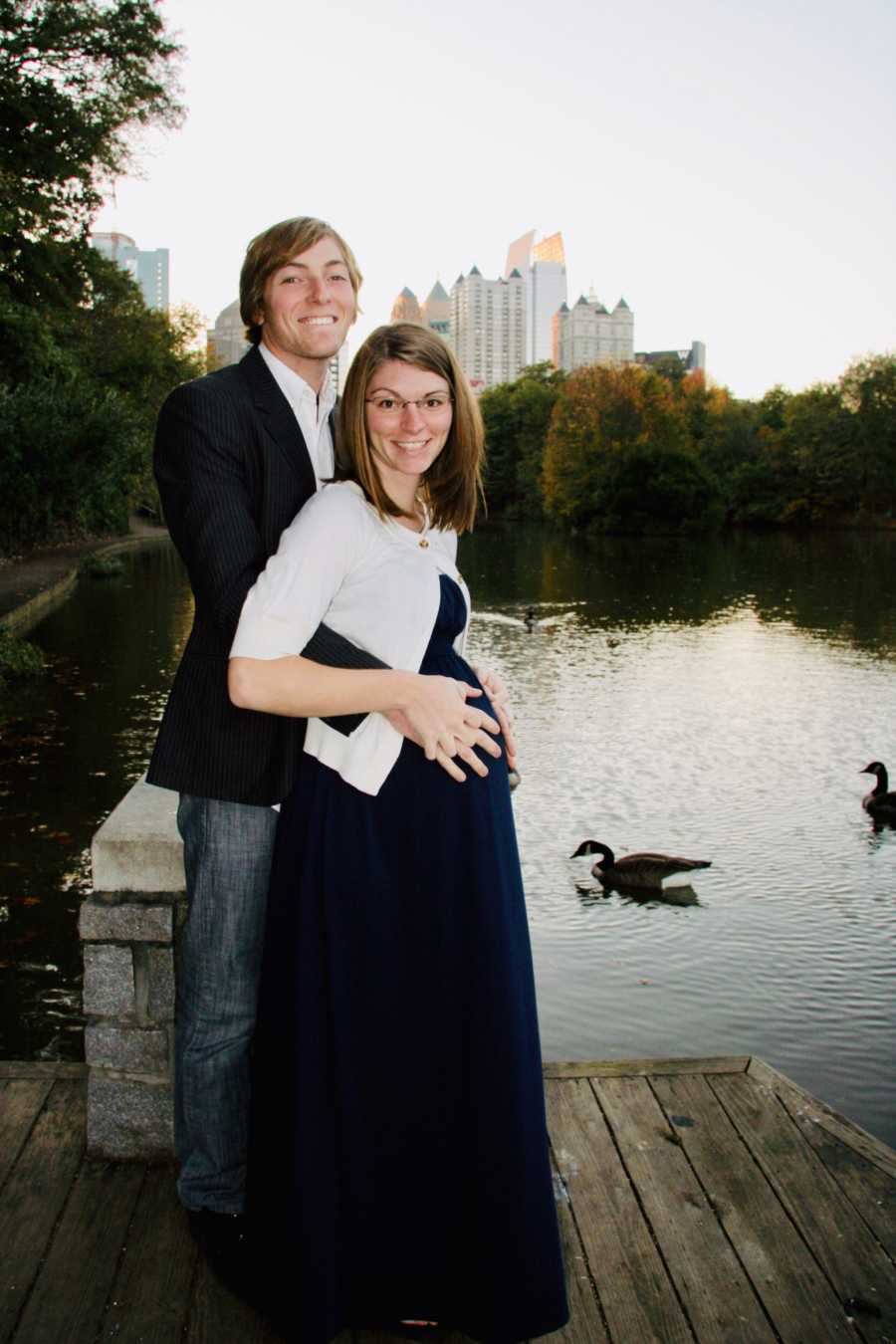
There were nurses gathering around with excitement, because apparently it’s a rare thing to be surprised by the gender of your child this day in age. Plus, it was 4 a.m. and I am guessing our room was the most exciting place to be in that moment. ‘One more push! C’mon! You can do it!’ And with that push, the pain disappeared, and the doctor exclaimed, ‘It’s a girl!!!’
Skylar entered our world on November 19, 2009. She was beautiful and the doctors sent us home with a perfect bill of health. Within that first month, I noticed something wasn’t quite right. She didn’t move a lot, which I figured was typical for babies born in the winter who were swaddled and cuddled 24/7. But the thing that sent up a red flag was that her right arm stayed in a position that looked like a little chicken wing. When we would pull it down, it would return back to the chicken wing position without her control. We called her Nemo.

I brought it up at our first-month checkup, and we were sent to a brachial plexus specialist. Within the two weeks it took to get into that doctor, her other arm started to hang limp. It was rotated inward, and looked as if it were dislocated, but she didn’t seem to be in any pain. After a barrage of questions about family history, the doctor referred me to a neurologist and let me know it was urgent, but wouldn’t tell me why. He just stared at me with this look of overwhelming pity. I wanted to scream, ‘WHAT ARE YOU NOT TELLING ME?!,’ but I didn’t have to wait long.
At our two-month check up, our worst fears were confirmed. Skylar was diagnosed with Spinal Muscular Atrophy type 1 (SMA for short). SMA is similar to ALS, it’s degenerative and there’s no cure.
We were sent home with little hope, but my husband and I knew we had a choice: we could either play the victim and be miserable or we could choose to make the most of the time we had, no matter what happened. We chose love.
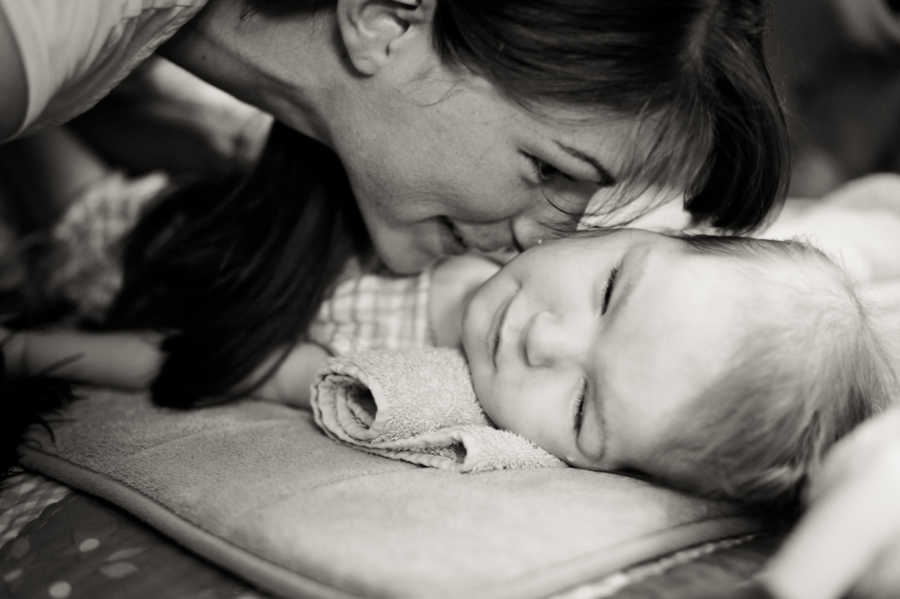
For the first few months, life felt ‘normal’ with a baby. Skylar couldn’t hold her head up, but she was smiling, and was totally present. By 6 months old, she would watch movies and would even laugh at Finding Nemo when Dory would speak whale. But by 10 months old, we were on hospice as she struggled to breathe. The doctors said we might not see her first birthday and we thought they might be right. Every single doctor on our team told us there was nothing more that could be done.
I called a researcher who dedicated her career to SMA to see if she could use anything from Skylar’s body. As a big believer in organ donation, I was so bummed that Skylar’s organs weren’t in good enough shape to directly save any other babies that needed help. So in my mind, letting a researcher take what she needed was the next best thing. Dr. Swoboda was incredibly grateful to get our call but after I told her the situation, she was livid. She let me know there was so much more we could be doing to support her respiratory system and encouraged us to switch pulmonologists. Sure enough, we made the changes she suggested to provide more support for her breathing, and we had our baby girl back. In fact, we were able to enjoy 10 more months with her! One phone call doubled her life. I will forever be grateful for that.
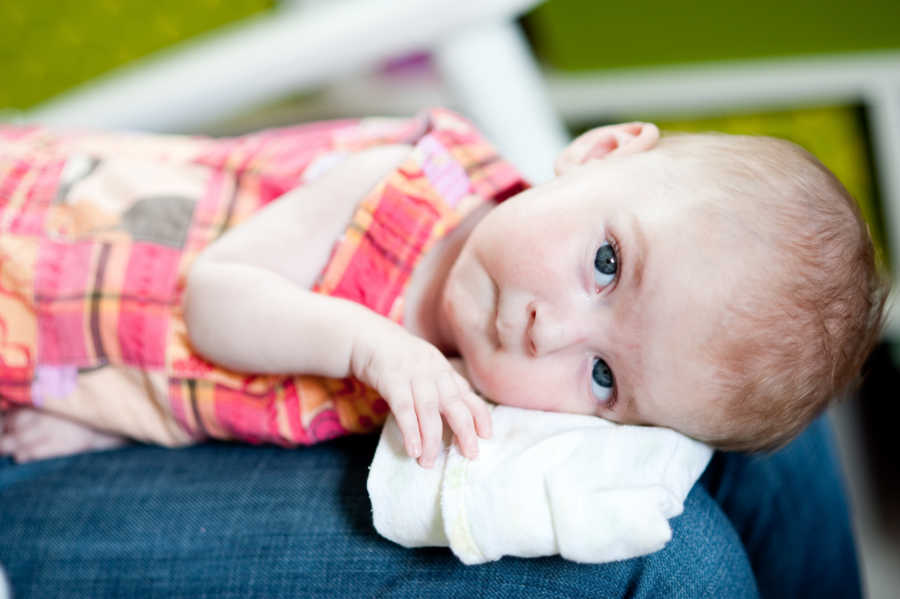
It didn’t make the day she died any easier. It was a Tuesday and hospice was with us. We had noticed Skylar’s daily functions getting worse and knew it was close to her time. My husband and I were both home to be with her, and we held her in our arms as she struggled to breathe.
As I stood there with my husband, holding our 21-month-old baby girl, I felt so helpless. All I could do was hold her and love her as she drowned in her own lungs. As awful as it sounds, that was our reality. But there was nowhere else I would’ve rather been. I helped bring her into this world, and if she had to die before me, I wanted to be there as she left it.
As we hear her breathing rattle with fluid, I cried out to God to end her suffering. I asked Jesus to show up, and I asked the spirits to guide her to a place I would see her again. I didn’t really know how this death thing worked, and it felt so scary to know this would be the last time I would get to hold my living, breathing daughter.
I didn’t know my heart could ever feel so much pain as the moment she died. The moment her heart stopped beating, I wasn’t sure mine would keep going.
It did. I questioned why. I had just spent two years of my life being a full-time mom and caregiver, and in a moment, everything changed. The hospice nurses said my prayers were answered and that it happened quickly in their experience, although it felt like ages to me. And in the days that followed, I struggled to function. Food lost all taste and I felt so lost without her.
My husband and I chose a natural burial for her, so within days, we found ourselves standing at the piece of land we had purchased for Skylar’s grave. The burial ground let us dig the grave and bury her ourselves, something that felt right to us as her parents. It was our way to love her and take care of her physical body until the very last moment we possibly could.
It was hard work, but I found comfort in the breaking of ground. Watching the shovel pierce the dirt and feeling the force send shockwaves through my body felt strangely good. Tears and sweat mixed together on my face as we pulled the dirt away from the earth. When we had dug deep enough (it doesn’t have to be six feet thankfully), we lowered her casket that my husband had beautifully built into the ground. I fell to me knees still in disbelief that I was having to bury my child. The sound of dirt hitting her box as we covered her up echoed in the empty chambers of my heart. Each shovel full of dirt was a reminder of the permanence of death as the hole disappeared along with our daughter.
God, that was a hard day. My husband and I went to the stream on the burial grounds to wash our dirt covered hands and salty faces. As we lowered our red, clay-covered hands into the cool waters, the sun danced across the surface as the current carried the dirt away. It felt sacred.
When I got home, the deeper grief set in as I was faced with Skylar’s empty room. I had dedicated my whole life to caring for her during her whole life, and felt lost without her. As I worked through my grief, the photos I had of Skylar helped me. They created a safe space for me to grieve however I needed to grieve, without fear, judgement, or expectations. Plus, they allowed me to hold my daughter when she wasn’t here to hold.
I decided to start my own photography company to help get me out of bed with the hopes of helping other people preserve memories too. As I started photographing family portraits and weddings to pay the bills, I would volunteer free photo sessions to anyone I heard of facing a terminal illness. Photos are often the last thing we think of as a priority when we’re alive, but the first thing we turn to when people die.
I volunteered more and more sessions and gave away prints, artwork, and photo books, until my husband lovingly reminded me that we had our own bills to pay and I might need to stop. I knew that I was finding my life purpose through these sessions. Even though it was incredibly painful to enter into other people’s grief, it was equally healing. I knew these photos mattered and they were making a difference. I couldn’t quit.
The first family I photographed was the Hill family. Kevin, the dad, fought stage 4 melanoma cancer with his wife and two kids by his side. They invited me into their family and I captured multiple stages of his battle, including his last day on earth, which was the eve of Christmas Eve. I ended up making a book for them. Rachel, the mom, shared that her little girl would take anyone who was ‘new’ to the house into the living room and sit them down in front of the coffee table to open the book and ‘introduce’ them to her daddy. Years later, the book is ‘on tour’ in California circulating through Kevin’s friends and family members.
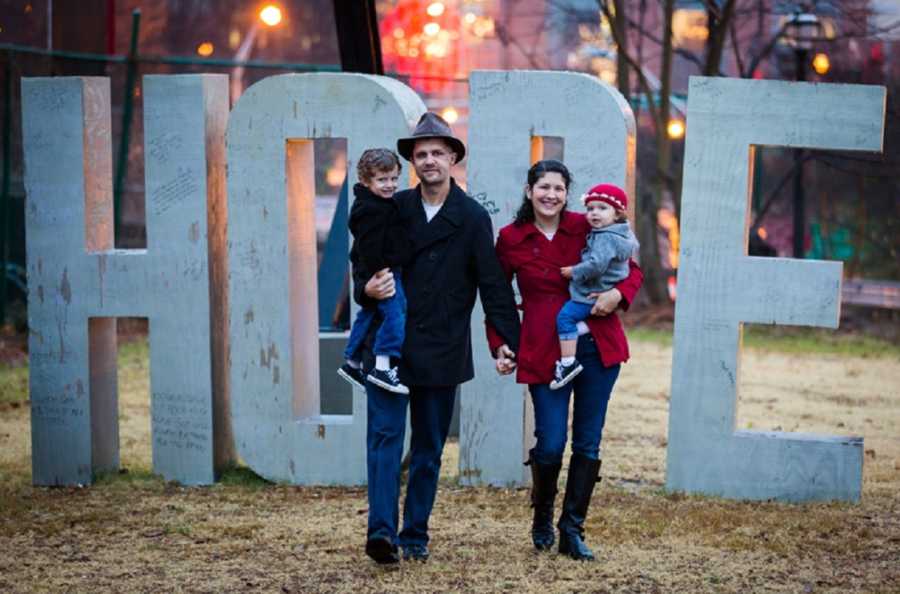
Family after family, I would hear stories of impact: how photos of a baby validated a first-time mom after going home to an empty nursery. How a little sister would be able to ‘meet’ and know her big brother who was no longer here. How a grandfather would be lovingly remembered for generations to come. I wanted to be able to preserve memories for everyone facing a terminal illness, so I started Love Not Lost.
Love Not Lost is a nonprofit organization on a mission to celebrate life, preserve memories, and support people in grief. We launched in Atlanta and are building our programs so we can serve people at a national level. Our goal is to provide free portrait sessions and photo books to those facing a terminal diagnosis, and to empower you to show up for the people you care about who are hurting too. We have a library and grief toolkit on our website, with more resources launching this year – visit www.lovenotlost.org to learn more.
I had so many friends fall off the face of the earth when Skylar was diagnosed and even more disappear when she died… I know grief is hard. It can be awkward. It triggers fear and insecurities within. But I know love is greater. The people who loved me well helped give me something to live for when I felt like I had lost everything. They’re the reason the driving question for Love Not Lost is ‘How can we love people better?’ because they showed me that love can heal any wound.
I believe everyone deserves to be loved and remembered.”
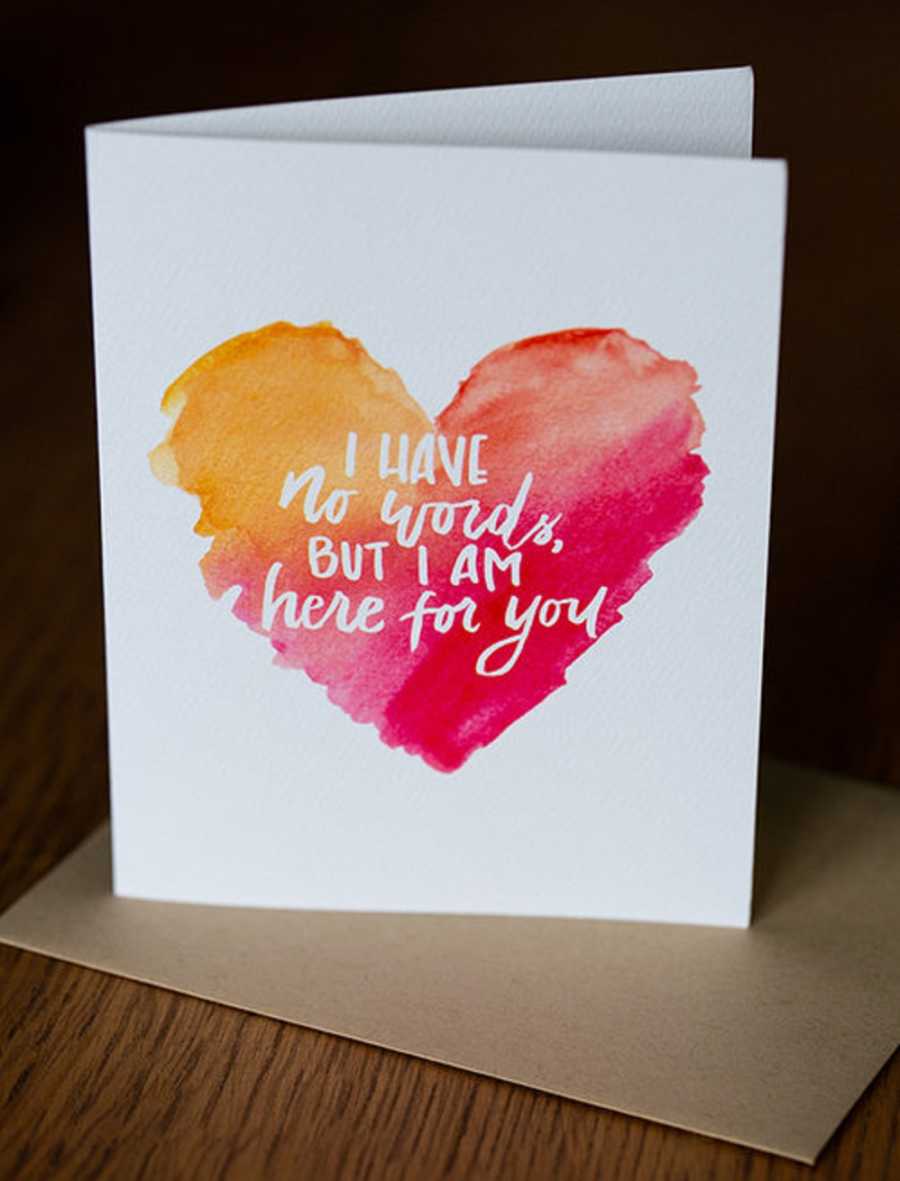
This story was submitted to Love What Matters by Ashley Jones of Atlanta, Georgia. Do you have a similar grief experience? We’d like to hear your important journey. Submit your own story here, and subscribe to our best stories in our free newsletter here.
Provide hope for someone struggling. SHARE this story on Facebook to let them know a community of support is available.

